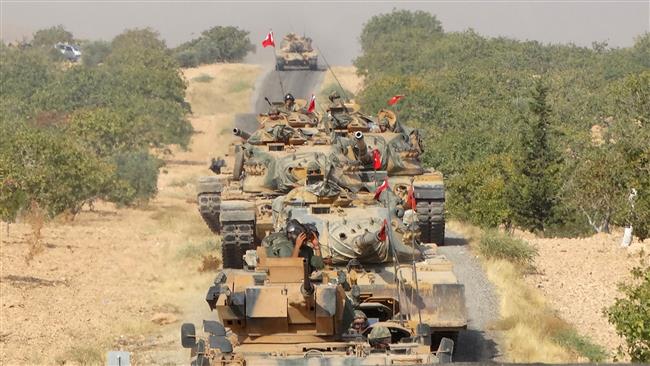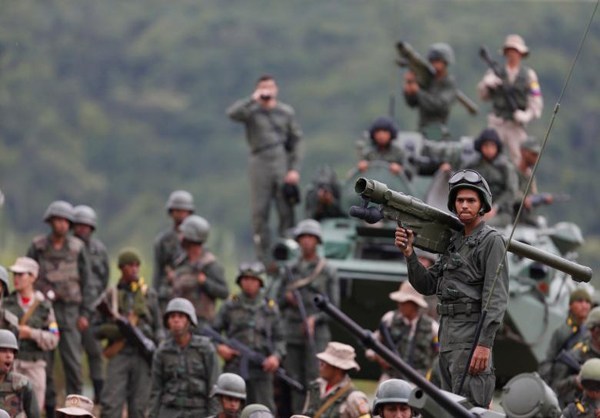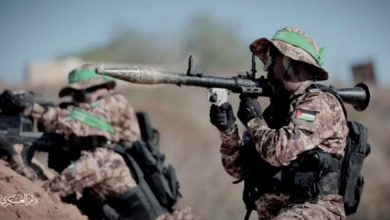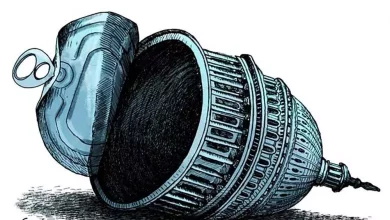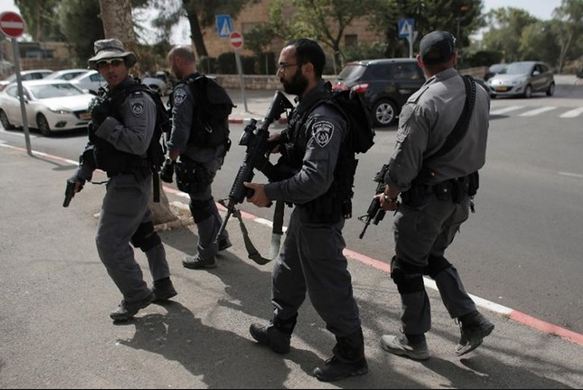Iran unveils homegrown Cesium-137 radionuclide as new nuclear feat
Iranian nuclear experts have for the first time managed to produce Cesium-137 radionuclide which used to be imported.
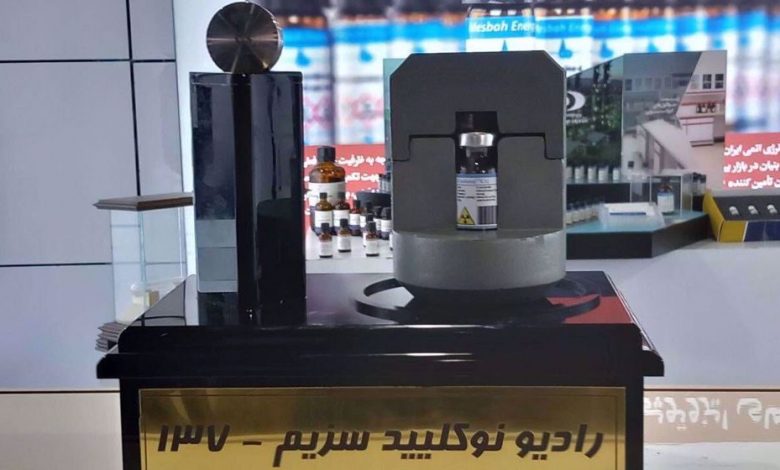
The material, which is used for multiple medical and industrial purposes, was unveiled during an exhibition in Tehran on Sunday in the presence of Mohammad Eslami, head of the Atomic Energy Organization of Iran (AEOI).
Radionuclides (or radioisotopes) are radioactive atomic variations of elements. They are mostly produced by exposing suitable target materials to the neutron flux in a nuclear reactor for an appropriate time.
With a half-life of 30 years, Cesium-137 radionuclide does not exist naturally and is mainly found in used nuclear fuel and radioactive waste.
It is used in radiation devices, brachytherapy, radiotherapy, calibration springs, and various types of industrial gauges.
The material is also required for radiating blood products, cosmetics, food, and other products.
In recent years, Iran has made remarkable progress in the nuclear industry despite the Western threats and sanctions regime. Tehran has always reiterated that its nuclear program is only meant for peaceful purposes.
Iran’s relationship with the International Atomic Energy Agency (IAEA) is restricted to the safeguards agreement and the Nuclear Non-Proliferation Treaty (NPT).
Iran’s nuclear sector ‘strategic industry’
Speaking at Sunday’s ceremony, Eslami said that in addition to the nuclear fuel cycle, Iran is capable of designing, constructing, and maintaining nuclear reactors, noting that the country’s nuclear industry has a direct role in people’s lives.
“Our enemies were and are against Iran’s nuclear industry, but they all should know that the nuclear industry is a strategic industry,” he added.
The Iranian nuclear chief also hailed the production of Cesium-137 radionuclide as an invaluable nuclear achievement that eliminates the country’s reliance on other countries for the import of the substance.
He said that the material can be used in industrial instrumentation systems, oil and gas fields,s and other sectors.
Eslami further announced that Iran keeps cooperating with the IAEA within the framework of the safeguards agreement and that four disputed sites have been reduced to two.
Iran and the IAEA are in a dispute triggered by the agency’s Israeli-influenced accusations, which were leveled against Tehran’s peaceful nuclear activities. The IAEA insisted on investigating what it claims to be “uranium traces” found at “undeclared nuclear sites” in Iran.
Eslami said that the negotiations aimed at resolving the dispute are advancing in the framework of the general policies of the Islamic Republic establishment.
“One of our urgent needs is nuclear diplomacy, especially with regional states,” he said. “We hope to have sustainable nuclear cooperation with different countries.”
